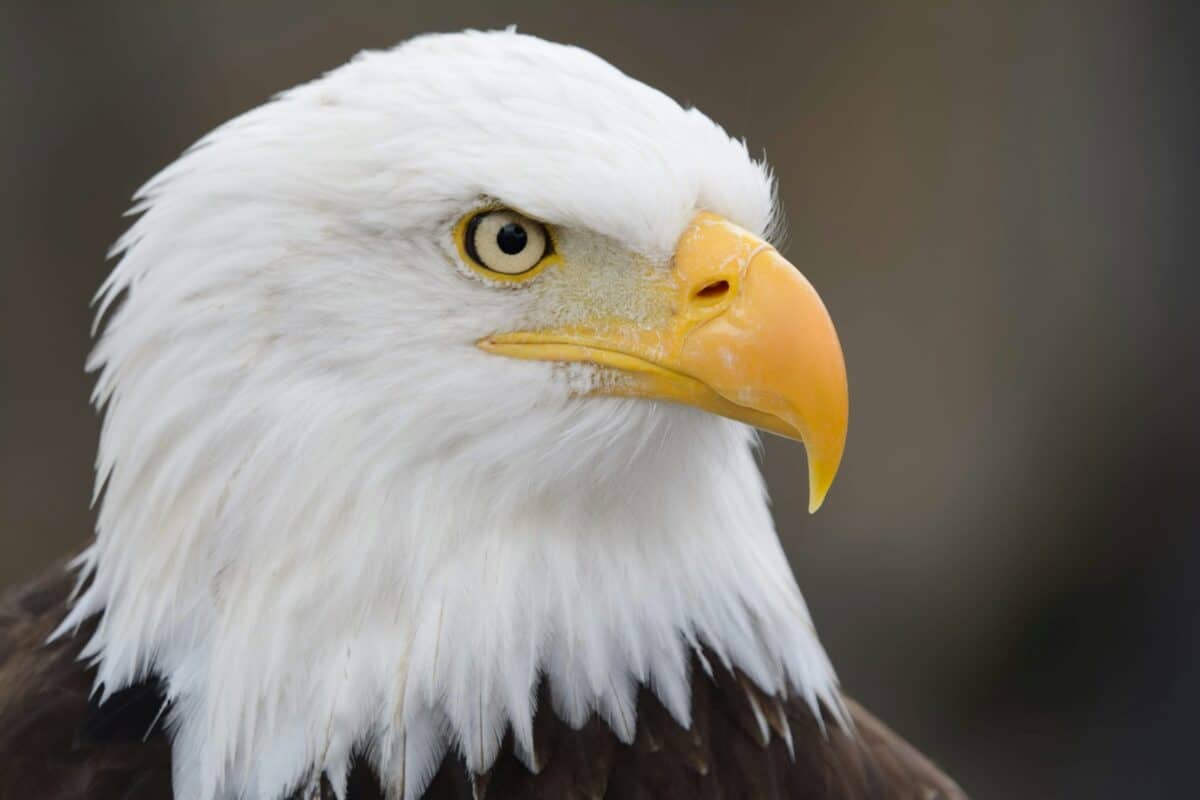The bald eagle, America’s national symbol, possesses one of the most powerful visual systems in the animal kingdom. With vision estimated to be eight times more powerful than human eyesight, these magnificent birds can spot a rabbit from nearly two miles away. This extraordinary visual acuity plays a crucial role in their hunting prowess and survival in the wild. Unlike humans who rely on a combination of senses, bald eagles depend primarily on their exceptional eyesight to locate prey, navigate their environment, and avoid potential threats.
What makes this visual superpower even more fascinating is that eagle eyes aren’t actually eight times larger than human eyes—in fact, they’re roughly the same size as ours. Instead, a series of specialized adaptations in their eye structure, retinal composition, and brain processing capabilities combine to create this superior vision. Understanding these adaptations not only helps us appreciate these magnificent birds but also provides insights that have influenced human technologies from binoculars to camera designs.
Eye Size and Proportional Advantages

While a bald eagle’s eyes are similar in physical size to human eyes (about 1 inch in diameter), they are proportionally much larger relative to their skull size. Eagle eyes account for approximately 15% of their total head weight, compared to less than 1% for humans. This disproportionate allocation of resources to visual organs immediately signals the evolutionary importance of vision for these apex predators. The large eye-to-head ratio allows for more space to accommodate specialized structures that enhance visual capabilities.
This proportional advantage means eagles can fit more photoreceptors and supporting structures into their eyes, creating a foundation for superior vision. Additionally, the shape of their eyeballs differs from humans—they’re less spherical and more flat, with a protruding cornea and lens that work like telephoto lenses. This shape creates a longer focal length, which contributes to their incredible ability to magnify distant objects, essentially functioning like built-in binoculars.
Retinal Density and Photoreceptors
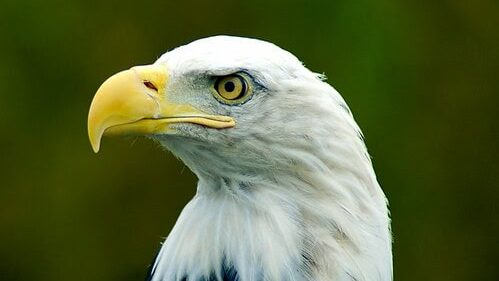
One of the most significant factors contributing to eagles’ superior vision is their extraordinarily dense retinas. The bald eagle’s retina contains approximately one million photoreceptors per square millimeter—five times the density found in human retinas. This incredible concentration of light-sensing cells allows eagles to resolve details that would appear blurry to human observers. The greater the density of these receptors, the more information the eye can capture and send to the brain for processing.
Additionally, the distribution of these receptors differs significantly from humans. Eagles possess two foveas (areas of highest visual acuity) in each eye, compared to our single fovea. These specialized regions contain almost exclusively cones—the photoreceptors responsible for color vision and detail perception—packed incredibly tightly together. This dual-fovea system allows eagles to simultaneously focus on objects at different distances with extraordinary clarity, a feat impossible for humans without visual aids.
The Power of the Fovea

The fovea centralis is a small depression in the retina that contains the highest concentration of photoreceptors. While humans have a single fovea in each eye with approximately 200,000 receptors per square millimeter, bald eagles have both a central and a temporal fovea in each eye. Their central fovea contains an astounding 1 million receptors per square millimeter—five times denser than ours. This extraordinary concentration allows eagles to resolve details with incredible precision from great distances.
The eagle’s second fovea, located toward the temple side of the eye, gives them enhanced peripheral vision and the ability to track moving objects with unparalleled accuracy. This specialized region is particularly useful when tracking fish moving through water or small mammals darting across fields. The dual-fovea system also contributes to the eagle’s ability to judge distances with remarkable precision—a critical skill when diving at speeds up to 100 mph to capture prey with their talons.
Enhanced Color Perception
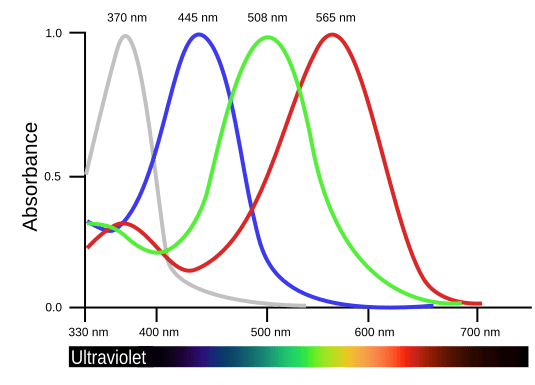
Bald eagles don’t just see farther and with greater detail than humans—they also perceive colors differently. While humans have three types of color-detecting cone cells (trichromatic vision) that allow us to see red, green, and blue wavelengths, eagles possess an additional type of cone that enables them to see in the ultraviolet spectrum. This tetrachromatic vision significantly expands their color perception range beyond what humans can experience.
This enhanced color vision serves practical purposes in hunting and survival. For instance, the urine trails of small mammals reflect ultraviolet light, essentially creating glowing pathways visible to eagles but invisible to humans. Similarly, some fish scales reflect UV light differently than the surrounding water, making prey more visible to the eagle’s eyes. This ability to see in the ultraviolet spectrum effectively gives eagles access to visual information completely beyond human perception.
The Eagle’s Telescopic Vision

Bald eagles possess what scientists describe as “telescopic vision,” an incredible ability to zoom in on distant objects. This capability stems from their unique eye shape and structure, particularly their prominent corneas and specialized lenses. When an eagle spots potential prey from high above, it can effectively “zoom in” on the target, maintaining visual clarity at distances that would appear as indistinct blurs to human observers.
This telescopic ability is quantifiable—eagles can spot a rabbit from approximately 2 miles away and can identify a fish swimming beneath the water’s surface from several hundred feet in the air. For comparison, a human with perfect 20/20 vision would need to be about 8 times closer to see the same level of detail. This remarkable distance vision allows eagles to conserve energy by identifying viable hunting opportunities before committing to closer investigation, giving them a significant survival advantage in their ecological niche.
Protective Membranes and Adaptations

Bald eagles have evolved specialized protective features to maintain their extraordinary vision during various activities. One notable adaptation is their nictitating membrane, often called a “third eyelid.” This transparent membrane can sweep across the eye horizontally, providing protection while maintaining visibility. Unlike blinking, which temporarily blocks vision, the nictitating membrane allows eagles to keep their eyes moistened and protected from debris while maintaining visual contact with prey—even during high-speed dives.
Additionally, eagles possess specialized oil glands that coat their eyes with a protective film. This natural eye protection helps them maintain clear vision when diving into water or flying through harsh conditions. Their tear ducts also produce a higher volume of protective fluid than human eyes, helping to flush out irritants quickly. These protective adaptations ensure that their superior visual system remains functional even in challenging environments, from strong winds at high altitudes to the impact of hitting water during fishing dives.
Brain Processing Power
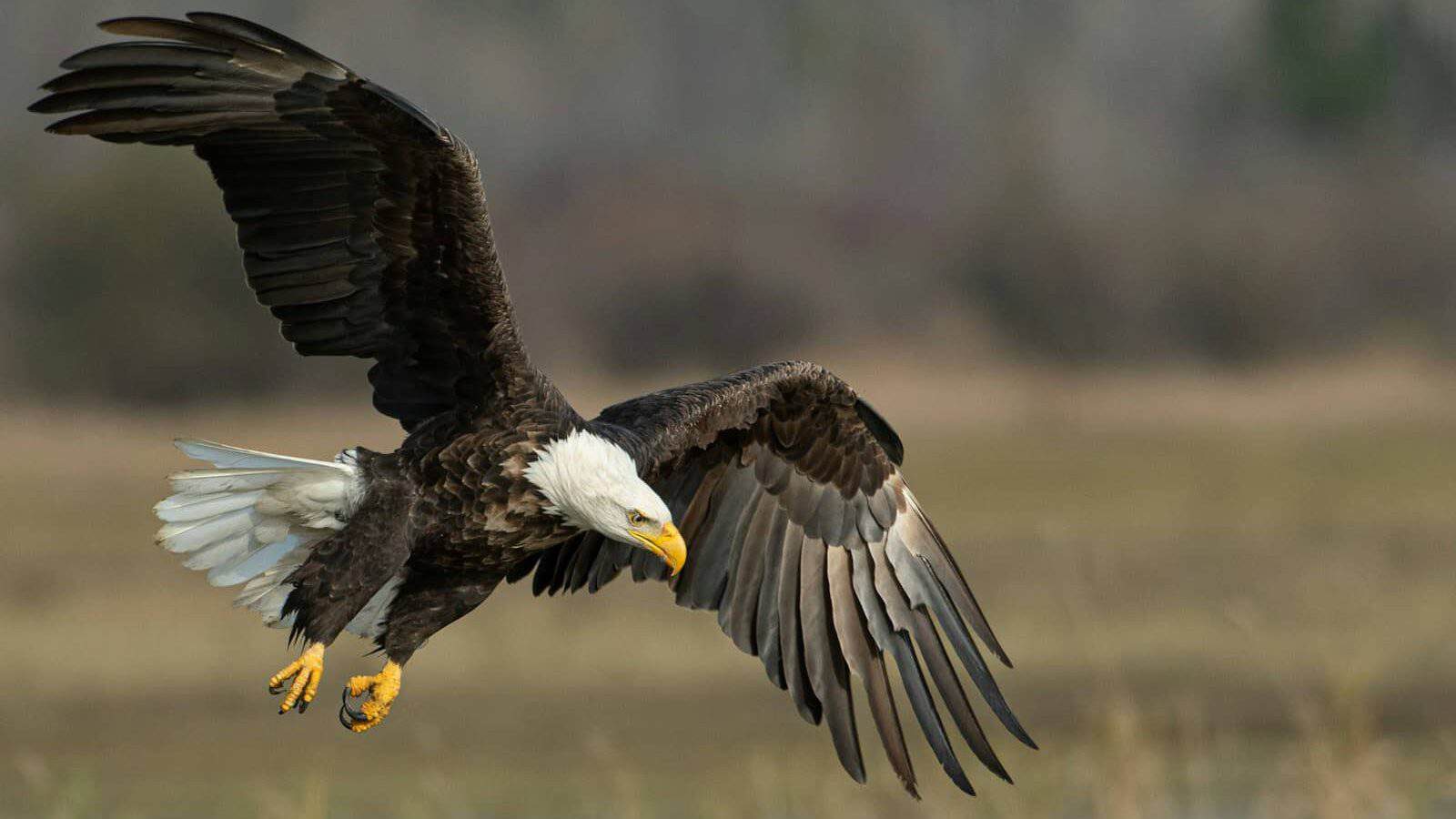
Superior vision isn’t just about the eyes themselves—it’s also about how the brain processes visual information. A significant portion of the bald eagle’s brain is dedicated to visual processing, much larger proportionally than in humans. This enhanced neural architecture allows eagles to rapidly analyze the extraordinary amount of visual data their eyes collect. Their visual cortex contains specialized neural networks that excel at detecting motion, identifying shapes against complex backgrounds, and calculating trajectories of moving prey.
The eagle’s brain also demonstrates remarkable filtering capabilities, allowing it to focus on relevant visual information while ignoring distractions. For instance, an eagle hunting over a lake can filter out the glare from the water’s surface to spot fish swimming beneath—a task that would be challenging for humans even with polarized sunglasses. This combination of superior data collection (through their eyes) and enhanced processing (in their brains) creates a visual system that truly earns its reputation as one of nature’s most powerful.
Visual Field and Perspective

Bald eagles possess a visual field of approximately 340 degrees, significantly wider than the human visual field of about 180 degrees. This expansive field of view allows eagles to monitor a much larger area simultaneously, contributing to their effectiveness as predators and their ability to avoid potential threats. Within this wide field, eagles maintain surprisingly good visual acuity, though their sharpest vision is concentrated in the forward-facing binocular field where their foveas are directed.
This wide visual field comes with trade-offs—eagles sacrifice some depth perception in their peripheral vision. However, they compensate for this by utilizing head movements to bring objects of interest into their high-acuity binocular vision zone. When an eagle tilts or rotates its head, it’s often shifting its visual focus to bring something into its area of sharpest vision. This combination of a wide field for monitoring and specialized regions for detailed observation creates an optimized visual system perfectly suited to their ecological role as aerial predators.
Adaptations for Different Light Conditions

Bald eagles hunt during daylight hours but must function effectively across various lighting conditions, from bright sunlight to overcast days and dawn or dusk transitions. Their eyes have evolved several adaptations to maintain optimal vision across these changing conditions. Their pupils can dilate and contract rapidly, adjusting to changing light levels much faster than human eyes. Additionally, the eagle retina contains a higher percentage of rods—the photoreceptors responsible for low-light vision—than human retinas, giving them enhanced vision in dimmer conditions.
Eagles also possess a specialized structure called the tapetum lucidum, a reflective layer behind the retina that effectively gives light a “second chance” to be detected by photoreceptors. This structure enhances their ability to see in lower light conditions, such as dawn and dusk when many prey animals are active. While not as developed as in purely nocturnal animals like owls, this adaptation extends the eagle’s hunting time into the twilight hours, providing a competitive advantage over strictly diurnal predators and prey alike.
Evolutionary Advantages of Superior Vision
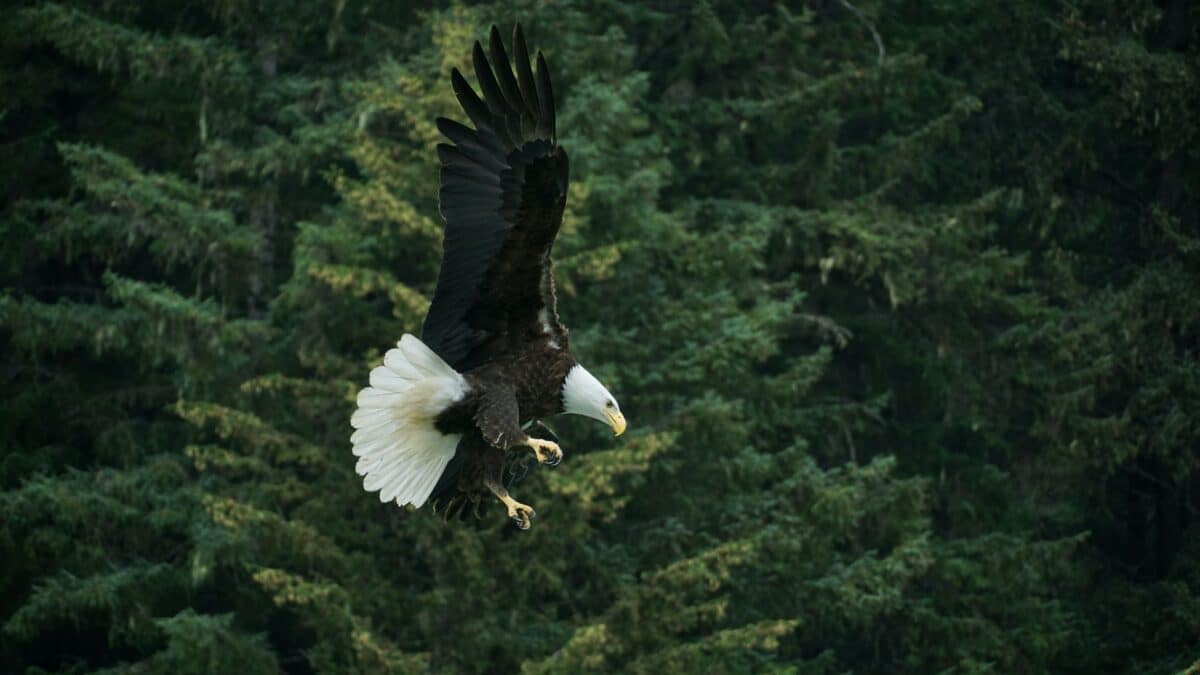
The extraordinary visual abilities of bald eagles represent millions of years of evolutionary refinement. As aerial predators that hunt from significant heights, natural selection has strongly favored individuals with superior vision. Eagles that could spot prey from greater distances or with greater accuracy would secure more food with less energy expenditure, increasing their survival rates and reproductive success. Over countless generations, these slight advantages accumulated into the remarkable visual system we observe today.
This evolutionary specialization reflects the eagle’s ecological niche. Unlike ground predators that might rely heavily on smell or hearing, eagles evolved in an environment where vision offered the greatest advantage for locating prey from high perches or during flight. Their eyes represent a case of extreme adaptation, where a disproportionate amount of the bird’s physical and neurological resources are dedicated to vision. This specialization comes with trade-offs—eagles have a relatively poor sense of smell compared to many mammals—but the advantages of their superior vision have made them one of the most successful aerial predators on the planet.
Human Applications and Inspirations

The remarkable visual capabilities of bald eagles have inspired numerous technological innovations. The design principles behind eagle vision have influenced the development of telescopes, binoculars, and camera lenses. Military and aviation technologies have drawn inspiration from how eagles process visual information, particularly in the development of target acquisition systems and flight simulators. Understanding how eagles achieve such extraordinary visual acuity continues to inform research in optics and visual processing algorithms.
Medical applications also benefit from our understanding of eagle vision. Research into how eagle eyes maintain clarity at different distances has contributed to advances in lens technology for human vision correction. Studies of the eagle’s resistant corneal surface have informed the development of protective coatings for eyeglasses and contact lenses. Additionally, the neural mechanisms that allow eagles to process visual information so efficiently have provided insights for treating certain human visual processing disorders and developing artificial vision systems for robotics and autonomous vehicles.
Conservation Implications

Understanding the extraordinary visual capabilities of bald eagles underscores the importance of protecting their habitats and ensuring environmental conditions that support their specialized sensory adaptations. Eagles’ superior vision, while remarkable, also makes them particularly vulnerable to certain environmental changes. Water pollution can reduce visibility for hunting fish, while habitat fragmentation may force eagles to hunt in less optimal conditions where their visual advantages are diminished.
The recovery of bald eagle populations in North America represents one of conservation’s great success stories, but continued vigilance is necessary. By appreciating the complexity and specialization of eagle vision, we gain a deeper understanding of these magnificent birds and their ecological requirements. Their eyes, eight times more powerful than our own, serve as windows into an avian world of perception that humans can only imagine—a world where ultraviolet light reveals hidden trails, where tiny movements are detected from miles away, and where the boundaries of visual possibility are expanded far beyond human limitations.
The bald eagle’s visual system reminds us of nature’s extraordinary capacity for specialization and adaptation. Through millions of years of evolution, these birds have developed one of the most remarkable visual systems on the planet, perfectly tuned to their ecological role and survival needs. As we continue to study and protect these magnificent predators, we not only ensure their future but also preserve our opportunity to learn from one of nature’s most impressive sensory achievements.
The next time you glimpse a bald eagle soaring overhead or perched majestically in a tree, remember that it’s not just watching the world—it’s experiencing it through a visual system so powerful and refined that it continues to inspire human technology and scientific inquiry. In the eagle’s gaze, we find both a reminder of nature’s ingenuity and an aspiration for our own visual technologies.
- How These Tiny Fish Outsmart the Ocean’s Deadliest Predators - August 22, 2025
- Do Cats Actually Miss You When You’re Gone? - August 22, 2025
- The Science Behind Bird Migration and How You Can Help - August 22, 2025

